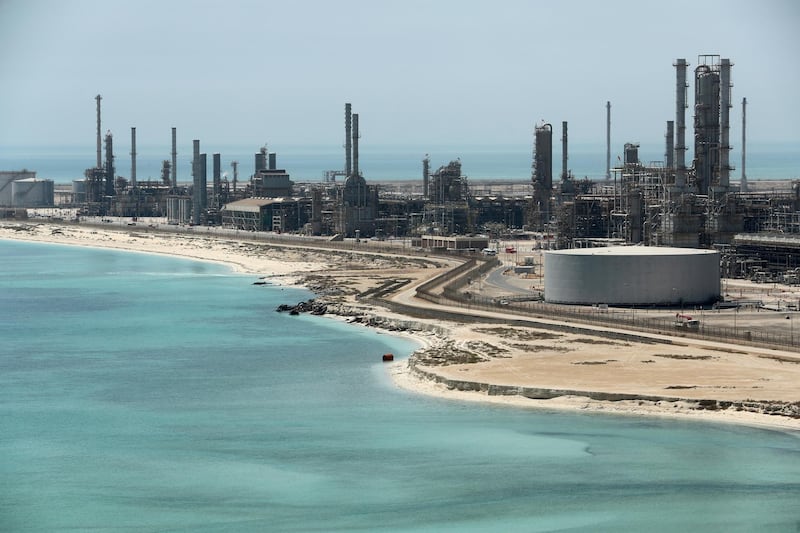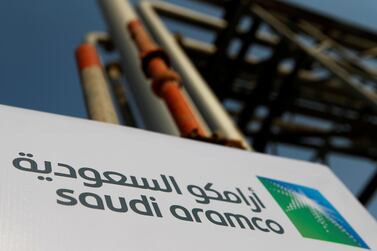With $68 billion profits posted for the first nine months of the year alone – more than double those of Apple – Saudi Aramco is the world’s most successful commercial enterprise, eclipsing the likes of Amazon and Google. The oil and gas company supplies one in every eight barrels of crude oil to the world.
The announcement that it will be floated on the stock market for the first time in its 86-year history make this potentially the world’s biggest initial public offering, or IPO, and an exciting opportunity for potential investors.
The state-owned energy giant which may be valued as high as $2 trillion could raise as much as $100bn. This marks a new chapter in the firm’s history after the country’s Capital Market Authority approved its listing and an unprecedented opportunity for those living in Saudi Arabia and GCC nationals to be a part of one of the longest-standing and most profitable entities in the region.
It forms an integral part of the kingdom’s plan to diversify its economy away from oil and hydrocarbons. The money generated will be the linchpin in funding a host of reforms pioneered by Saudi Crown Prince Mohammed bin Salman, including investment in tourism, entertainment and cultural ventures.
The launch price has yet to be announced and the IPO will be limited in the first instance to those within the region, although Aramco has not ruled out foreign investment or an overseas share listing at a later date.
It is nevertheless a historic moment, a chance for entrepreneurs to declare confidence in the sector and to invite the public to be a part of its future. It has ramifications beyond Saudi Arabia and the region and will be closely watched globally as the kingdom opens up to the rest of the world.
Saudi Arabia is home to the world’s second-largest oil reserves after Venezuela and is the second-biggest oil producer globally.
Energy makes up 87 per cent of its budget revenues and more than 40 per cent of its gross domestic product, according to Forbes.
While oil wealth has enabled the country to thrive, it has also made the economy highly dependent on one sector, which is prone to fluctuation. In 2016, for instance, oil prices slumped below $30 a barrel – before rebounding last year to its current price of about $60.
Diversification will provide a long-term solution to a post-oil future; offering up a slice of its national energy company is a major step in this direction. The funds generated by the IPO will help Saudi Arabia finance new projects in non-oil sectors, in line with the crown prince’s Vision 2030.
These include bold initiatives such as the development of Neom, a $500bn futuristic high-tech city in north-western Saudi Arabia, and the Red Sea Project, an eco-friendly complex with white sandy beaches reminiscent of the Maldives, due to be completed in 2022.
These projects are part of a multitude of sweeping reforms, which include the relaxation of laws relating to guardianship, women and travel. They are already bearing fruit. Since Saudi Arabia began offering a visit visa for the first time, inviting people to enjoy its previously unseen ancient wonders, it has welcomed tens of thousands of tourists – amounting to 24,000 in the first 10 days alone and offering a welcome boost to the tourism sector, which accounts for 3 per cent of the nation’s GDP but it is hoped will make up 10 per cent by 2030.
Aramco’s IPO will serve as a vital cog in the wheel propelling the kingdom into the future. Its rewards will be apparent for years to come and help make the nation’s vision a reality.






